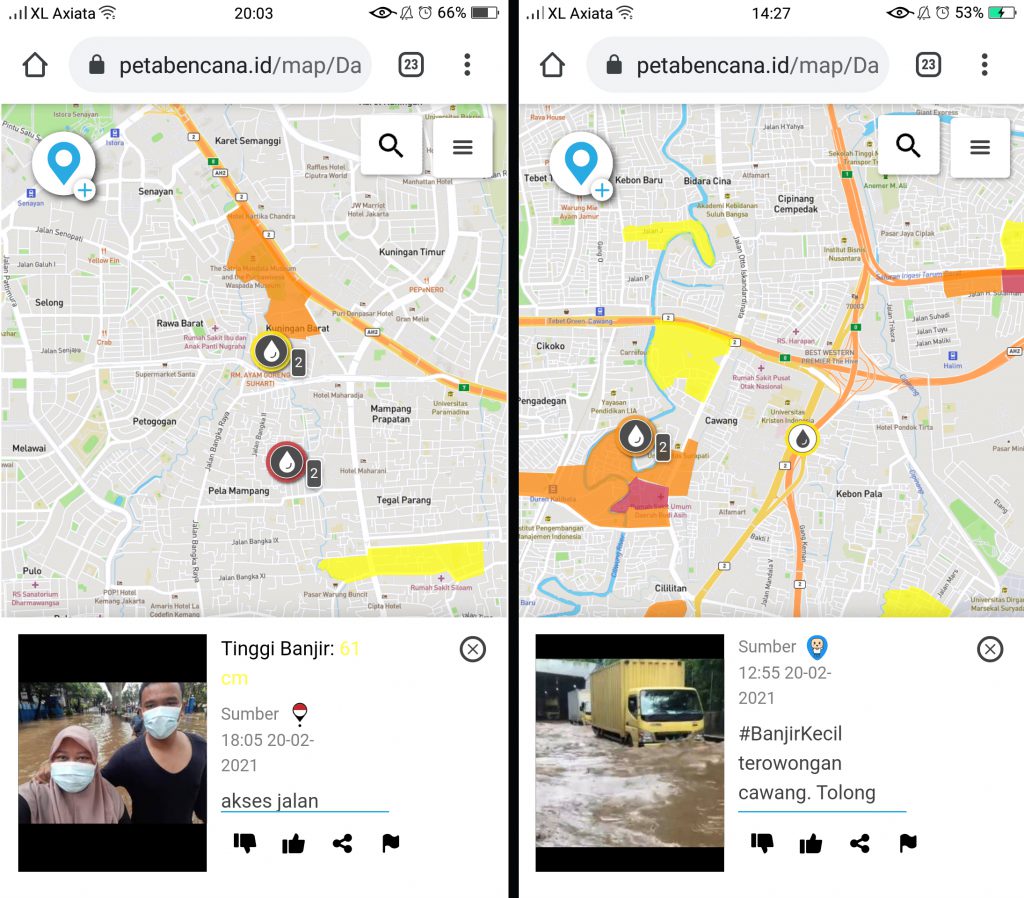The Economist: “Every morning for the past year, a group of British civil servants, diplomats, police officers and spies have woken up, logged onto a slick website and offered their best guess as to whether China will invade Taiwan by a particular date. Or whether Arctic sea ice will retrench by a certain amount. Or how far covid-19 infection rates will fall. These imponderables are part of Cosmic Bazaar, a forecasting tournament created by the British government to improve its intelligence analysis.
Since the website was launched in April 2020, more than 10,000 forecasts have been made by 1,300 forecasters, from 41 government departments and several allied countries. The site has around 200 regular forecasters, who must use only publicly available information to tackle the 30-40 questions that are live at any time. Cosmic Bazaar represents the gamification of intelligence. Users are ranked by a single, brutally simple measure: the accuracy of their predictions.
Forecasting tournaments like Cosmic Bazaar draw on a handful of basic ideas. One of them, as seen in this case, is the “wisdom of crowds”, a concept first illustrated by Francis Galton, a statistician, in 1907. Galton observed that in a contest to estimate the weight of an ox at a county fair, the median guess of nearly 800 people was accurate within 1% of the true figure.
Crowdsourcing, as this idea is now called, has been augmented by more recent research into whether and how people make good judgments. Experiments by Philip Tetlock of the University of Pennsylvania, and others, show that experts’ predictions are often no better than chance. Yet some people, dubbed “superforecasters”, often do make accurate predictions, largely because of the way they form judgments—such as having a commitment to revising predictions in light of new data, and being aware of typical human biases. Dr Tetlock’s ideas received publicity last year when Dominic Cummings, then an adviser to Boris Johnson, Britain’s prime minister, endorsed his book and hired a controversial superforecaster to work at Mr Johnson’s office in Downing Street….(More)”.

